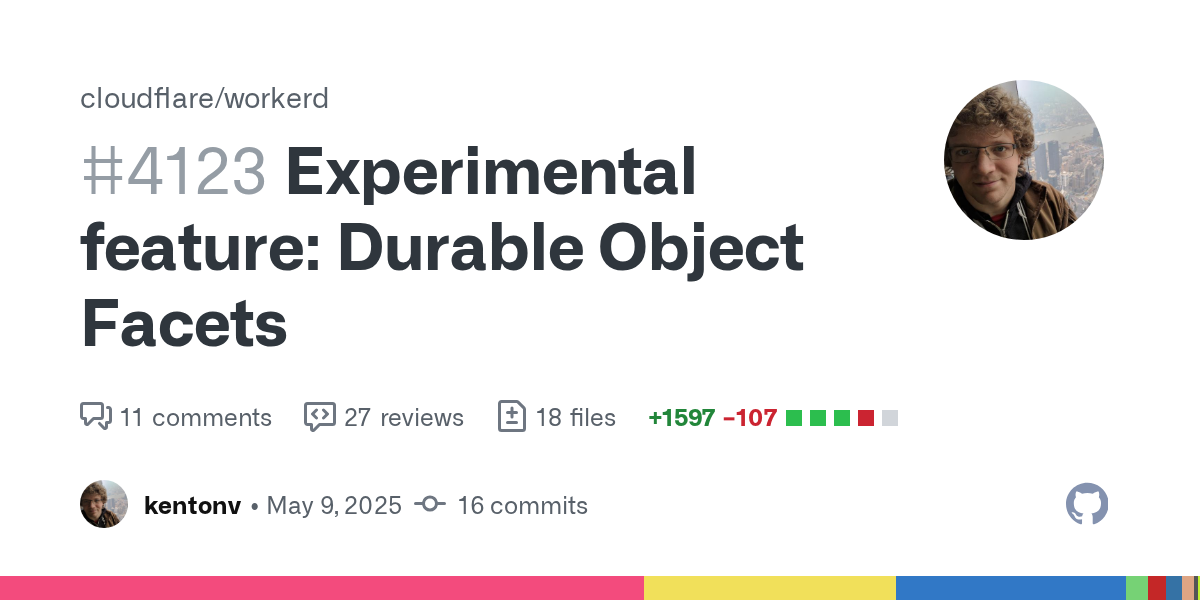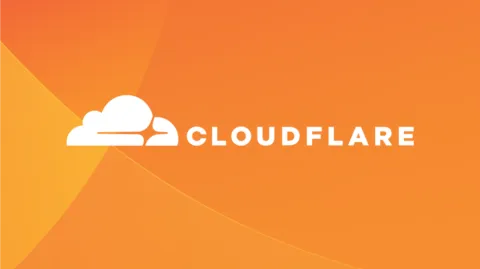Facets
This is some really cool stuff https://github.com/cloudflare/workerd/pull/4123
GitHub
This is a new experimental Durable Objects feature. It requires the --experimental CLI flag and experimental compat flag to use. I fully expect that we may end up changing the design once we&#3...

